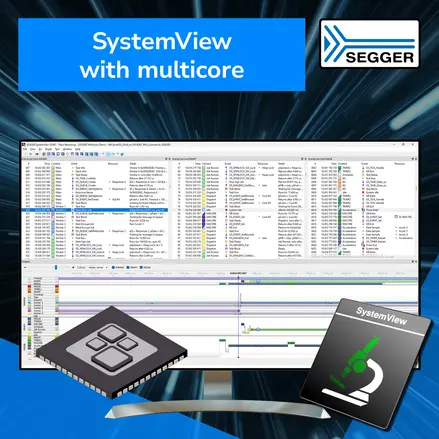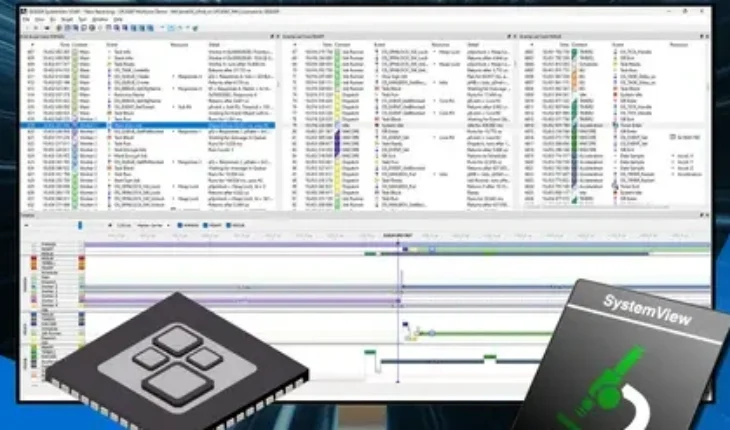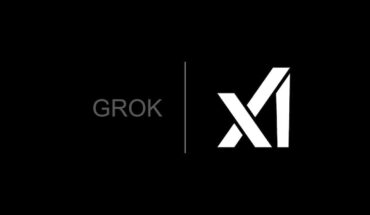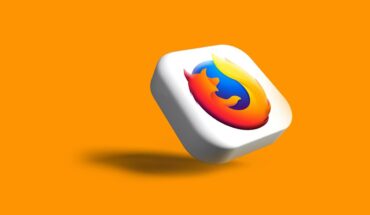SystemView is a real-time recording and visualization tool for embedded systems.
SEGGER’s real-time software verification and visualization tool SystemView has been enhanced with multicore support, expanding its capabilities to systems with multiple CPU cores on a single chip.

Using SEGGER Real-Time Transfer technology, a single J-Link debug probe can now collect data from multiple cores in real time. Data is streamed to the host and is analyzed and visualized instantaneously. All events are recorded and can be saved for analysis and documentation purposes. For every core that runs instrumented firmware, recordable events include task context switches, interrupt executions, function calls, heap and stack usage, data samples, log messages, and more.
Each core records events to its own SystemView channel, just as it would do in a single-core recording scenario. Each CPU core can be viewed individually or as a combined group of all cores, making CPU interaction and related timing easy to see and verify.
SystemView is multi-platform (Linux, macOS, and Windows) and can be easily downloaded for use on Arm, Intel, or Apple silicon. Under SEGGER’s Friendly License, no registration is required to download SystemView. Use is free of charge for educational and non-commercial purposes, and the software can be evaluated with no limits on code size, features, or time.
Included with SystemView are sample recordings, which aid users in obtaining a quick overview of how the tool works. No hardware is needed to get started, and it takes just five minutes to download, install, and begin evaluation.
“SystemView is unique in the industry, and multicore support makes it even more so,” says Johannes Lask, Product Manager for SystemView at SEGGER. “We ask everyone who sees the potential here to simply give the tool a try. No product should hit the market without SystemView verification!”
SystemView’s flexible instrumentation enables recording for a variety of real-time operating systems (RTOSs), as well as for applications with no operating system; and its multicore support extends this flexibility to each core in a respective system. Every core can run a different application and RTOS.
With SystemView’s multicore support, no inter-core synchronization is required for multicore recording. Cores are not required to all run at the same speed; instead, each core can run on its own clock. Timestamps are generated with a single CPU cycle, down to one nanosecond of resolution. The timestamps are also correlated, and a unified system time is shown across all cores, so that users can see exactly what is happening on each core, in lockstep, as time passes.
For more information, please visit segger.com.





